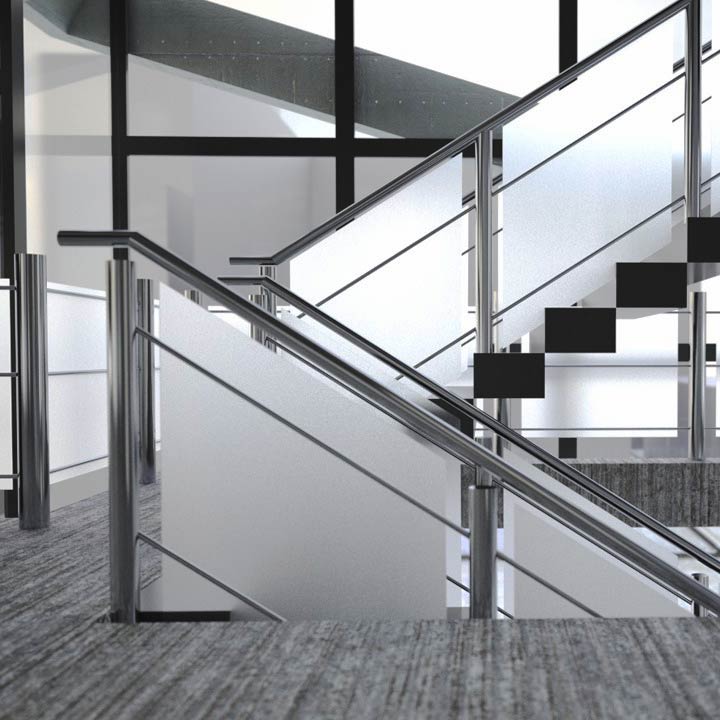

Used the same technique for tiles on the exterior. Then used Random select by TIG, to apply random materials with slight variations. In order to add some variation to the pavers I used Chris Fullmer’s plugin for SketchUp Scale and rotate multiple. The grass is done with the use of Maxwell’s grass feature.įirst I created the geometry of turfstone pavers and tiles as SketchUp components. NOTE: Maxwell Render simulates light exactly as it is in the real world, this means it is important to keep your Sketchup 3D model on real world scale and units. Once the design is defined, I add a little extra details to my model like beveling edges and corners with Fredo’s plugin for SketchUp Round corners. Plans, sections and elevations are then exported to a CAD software to prepare the construction documents. Modelling with Sketchup is so simple, and has a key role on the design process at the office.Įverything starts with handmade sketches, then we create a sketchUp 3D model, we use the pro version to prepare the layouts for permit drawings. The project selected for this ‘making of’ is a private house designed by arkitekter, an architecture practice based in Malmö, Sweden where I work.

The software used is Sketchup 8, Maxwell for Sketchup, for 3D trees and vegetation I used Arbaro (a free tree generation software) and Photoshop for postproduction.įinal images from different projects done with Maxwell for SketchUp. This plugin has been designed for rendering in SketchUp and you don’t need to export your scene anywhere. This article is the first of two parts tutorial about the use of the Maxwell for SketchUp on architectural visualization.


 0 kommentar(er)
0 kommentar(er)
